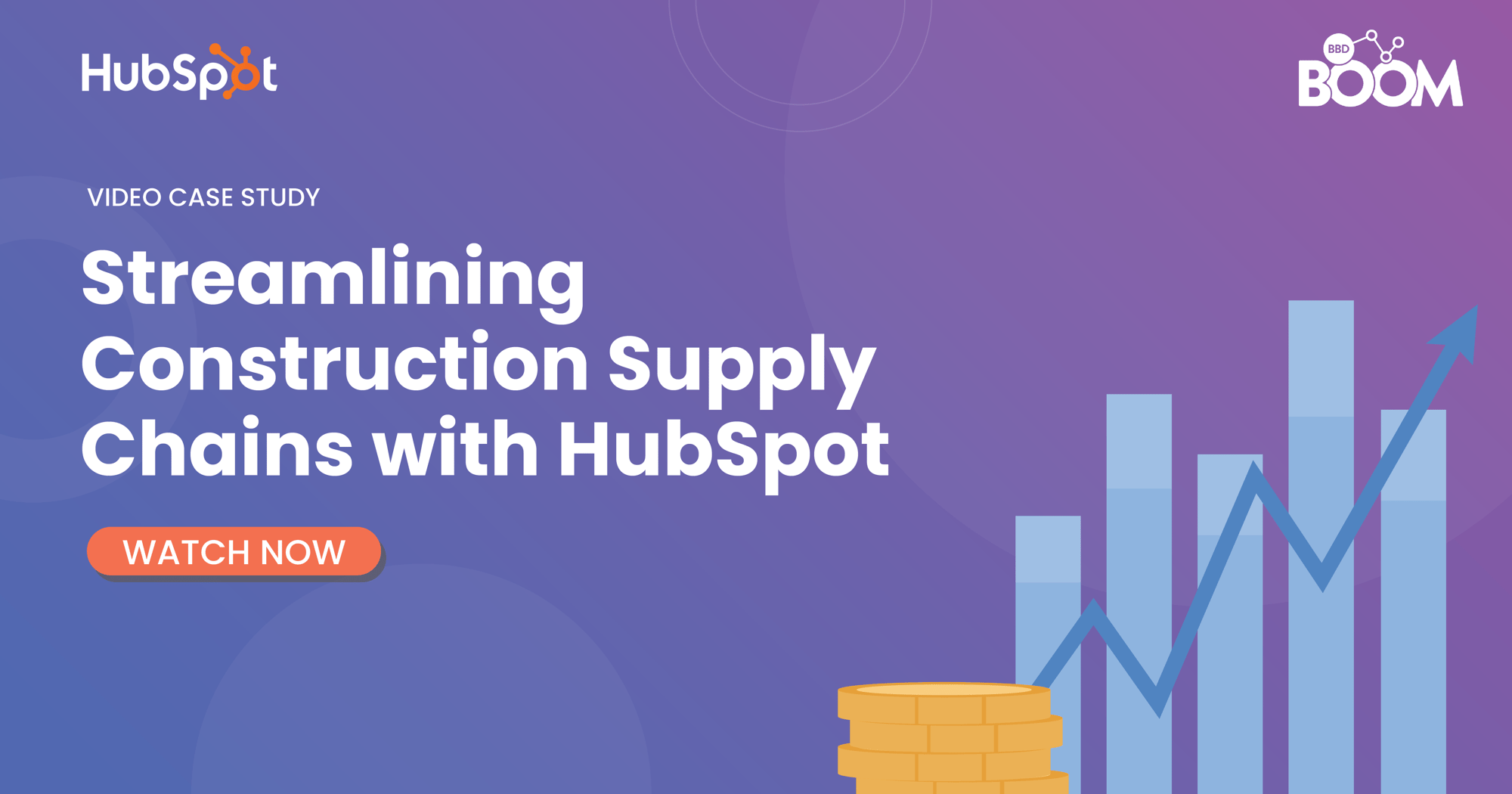HubSpot is a powerful growth platform - when it’s used properly. If data standards slip, handoffs leak, and automation stops at reminders, even HubSpot looks average. This guide highlights five quick signs you’re under-using it and the fixes to turn HubSpot into a connected, decision-driving engine.
1) Low Adoption + Messy Data = Slow Decisions
If reports look off, it’s rarely HubSpot’s fault—it’s the inputs. Clean, consistent properties and a few simple guardrails make dashboards snap into focus and save everyone time.
In HubSpot, focus on:
-
A sensible create form for Contacts/Companies/Deals with a handful of required fields (ICP fit, Lifecycle, Source).
-
Stage requirements on key deal stages (Amount, Close date, Next step).
-
Ongoing hygiene via Duplicate management, Format data actions, and (on Enterprise) property validation.
Why it matters: Better inputs → trustworthy reports → quicker decisions.
2) Leaky Handoffs Between Marketing & Sales
Great campaigns don’t matter if MQLs sit untouched. Give Sales the right context fast—and hold everyone to an SLA.
-
Agree the language: Confirm Lifecycle (Lead → MQL → SQL → Opportunity → Customer) and tidy Lead status (New, Working, Attempted, Connected, Qualified, Disqualified + reasons).
-
Operationalise the SLA: Workflow that, on MQL, stamps “MQL date,” rotates owner to SDR, creates “Call in 5 min” task, and sends Slack/email.
-
Escalate automatically: If no activity, alert a manager or reassign.
-
Close the loop: Make Disqualification reason required and send a monthly summary to Marketing to refine campaigns.
3) Automation Is “On” but Not Saving Time
If you’re exporting to spreadsheets or copy-pasting follow-ups, you’re leaving HubSpot magic on the table. Let workflows and sequences do the busywork so humans can sell.
In HubSpot, focus on:
-
An end-to-end lead flow: enrich, score, assign, set lifecycle, create tasks—automatically.
-
Persona-specific Sequences with calls, emails, and LinkedIn tasks; use Snippets and Playbooks to capture notes to properties.
-
SLA guardrails using workflow Goals and escalations when first activity doesn’t happen on time.
This results in lower time-to-first-touch and more meetings per 100 leads.
4) Disconnected Stack, Siloed Reporting
You can’t prove impact if Ads, product usage, and billing live elsewhere. HubSpot shines when everything rolls into Campaigns and revenue is visible end-to-end.
-
Connecting Google/LinkedIn/Meta and enabling offline/enhanced conversions so CRM outcomes feed the algorithms.
-
Using Campaigns as the central hub: attach all assets and stick to a simple UTM convention.
-
Bringing in billing/product signals and auto-creating/updating Deals from real usage or invoices.
5) Dashboards Look Busy but Don’t Drive Action
Busy dashboards are noise; tight scorecards change behaviour. Give leaders outcomes, give operators next actions, and decide what you’ll stop reporting.
Focus on:
-
A Leadership Scorecard: pipeline coverage, velocity, win rate, multi-touch attribution, forecast vs actual.
-
Operator dashboards:
-
SDR: leads breaching SLA, sequence performance
-
AE: deals with no next step, stuck-in-stage lists
-
Marketing: MQL quality (SQL rate), ad→opp, top disqualify reasons
-
-
Governance: named owners, monthly review, and an “archive” rule for stale reports.
The outcome: fewer vanity charts, more decisions in your weekly meeting.
HubSpot is excellent—when you use it right. Want the fast track? Book a HubSpot Audit and we’ll map the quick wins for you.
.png?width=877&height=508&name=bbd-boom-siloy-navy+blue-logo%20(1).png)
.png)

.jpg)

-1.png?width=50&name=Webinar%20Speakers%20(1)-1.png)
.jpg)
.png?width=1000&height=300&name=Audit%20Banner%20(2).png)
-1.png?width=90&name=Webinar%20Speakers%20(1)-1.png)


